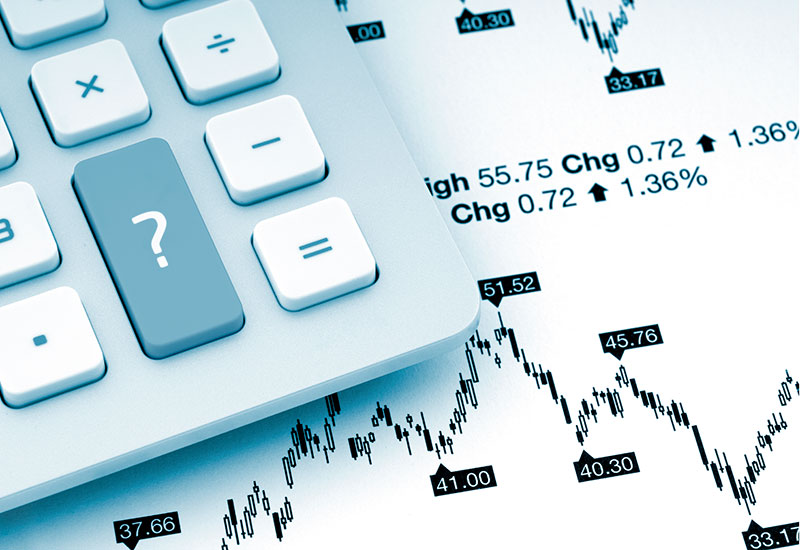“Far more money has been lost by investors preparing for corrections, or trying to anticipate corrections, than has been lost in corrections themselves.” – Peter Lynch
US Equity Valuations
The last five years have been pretty great for equity investors — particularly investors in US equities. The US equity market rewarded investors with an 18% annualized gain over the last 5 years — making it a more profitable 5-year period than all but 15% of periods since 1926.
Source: S&P 500 data from mpi Stylus.
With the Dow Jones Industrial Average recently making a new high, and the S&P 500 Index within striking distance of the 2,000 level — many find themselves asking, “Is the market too expensive?”
One of the more popular measures of equity valuations is the Cyclically Adjusted Price Earnings (or CAPE) ratio, which compares current prices to a ten-year average of corporate earnings.
Judging by this measure alone, it would seem that equities are overvalued — ranking in the 88th percentile of all periods since 1926. However, there are several other factors to consider when determining whether the US market is too expensive.
Market Environment considerations
If viewed in the context of more recent history and the current environment, equity valuations do not appear nearly as high.
The CAPE, in isolation, excludes certain environmental factors, which historically support higher equity valuations and may lead to equities not being as overvalued as the CAPE alone would suggest. These factors include:
- Low Inflation
- Low Interest Rates
- Low Volatility
Inflation
Low inflation can be a tremendous benefit to equity valuations. In periods of price stability, equities tend to command higher valuations—whereas periods of high inflation or deflation drive equity valuation down. Author Ed Easterling of Crestmont Research calls this the “y-curve” effect.
Consider the chart below, which plots CAPE valuations against inflation rates. You may notice that valuations tend to peak with inflation between 1-2%, and fall as it moves away in either direction. Periods of price stability create an environment conducive to economic growth, which in turn drives higher equity valuations.
The current inflation rate (around 2%), has historically support the highest equity valuations.
Source: Data from Robert Shiller at yale.edu. Author’s calculations.
Interest Rates
Another consideration when judging equity valuations is the level of current interest rates. Since 1926, the earning yield on equities (total earnings divided by price paid — the inverse of the PE ratio) has averaged around 1.5% above the yield on the ten-year US Treasury bond. Currently, this spread is 1.37%.
This would suggest that (contrary to CAPE valuations), equities are not overvalued when today’s low interest rate environment is factored in.
Source: Data from Robert Shiller at yale.edu. Author’s calculations.
Volatility
A low volatility environment has also been historically favorable for equities. Easterling shows that when annual volatilities are in the lowest quartile (25th percent of all occurrences) the market is up in 92% of these years with an expected return of nearly 15%.
Volatility today is low compared to history. Should this continue, it would likely be favorable for equities.
Recent History
Finally, when compared to more recent history (post-1990) stocks are valued about average. The following chart from JP Morgan shows a number a different valuation metrics, with the current levels right around the 25-year history for most measures.
Source: JP Morgan Guide to the Markets. June 2014.
Conclusion
The performance of US equities markets has provided investors with a nice ride over the last five years. Ideally one’s allocation to the asset class has been intentional and inline with a predetermined risk tolerance.
We are not suggesting now is the time to add to US stocks—as they appear somewhat expensive— but, after reviewing the current environment and recent market history, it should be clear that they are not wildly expensive. When adjusted for these market factors, high valuations may be more reasonable.
In any case, the US is not the only market in which to obtain equity exposure. Stay tuned on the Cordant blog, where we’ll discuss International equity valuations in a subsequent post.
Want to learn more about how Cordant helps clients navigate changing market conditions? give us a call at 503.621.9207.
Click here for disclosures regarding information contained in blog postings.


